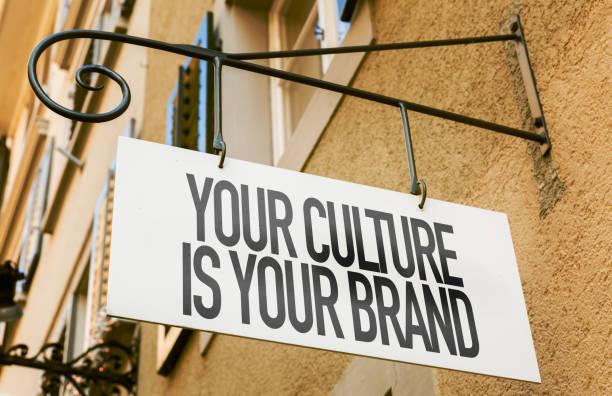How do cultural taboos influence social behavior? By Hugo Keji

Cultural taboos play a significant role in shaping social behavior by establishing boundaries around what is considered acceptable or unacceptable within a society. These taboos, often deeply rooted in a culture's history, religion, or social norms, influence how individuals interact with each other and their environment. Here's how cultural taboos influence social behavior:
1. Regulating Social Conduct
- Guiding Morality and Ethics: Taboos often reflect a society's moral and ethical values. For example, in many cultures, taboos against lying, stealing, or harming others are fundamental to maintaining social order and trust.
- Promoting Social Harmony: By discouraging behaviors that could lead to conflict or social disruption, taboos help maintain peace and harmony within a community. For instance, taboos around respecting elders or adhering to social hierarchies ensure that social interactions remain respectful and orderly.
2. Shaping Social Interactions
- Communication and Language: Certain topics may be taboo to discuss in public or even in private. For example, in some cultures, discussing death, sexuality, or financial matters openly is frowned upon, influencing how people communicate and the language they use.
- Body Language and Gestures: Taboos can extend to non-verbal communication, dictating what gestures, facial expressions, or postures are considered appropriate. For instance, in many Asian cultures, pointing with a finger or showing the soles of one's feet are considered disrespectful.
3. Defining Group Identity
- Cultural Boundaries: Taboos help define the boundaries of a cultural group by distinguishing insiders from outsiders. Adhering to cultural taboos can be a way for individuals to express their identity and solidarity with their community.
- Exclusion of Non-Conformists: Those who violate cultural taboos may be ostracized, shamed, or punished, which reinforces the collective identity and cohesion of the group. This exclusionary practice ensures that social norms are upheld and that deviant behavior is discouraged.
4. Influencing Behavior in Rituals and Ceremonies
- Ritual Purity: In many cultures, taboos are closely linked to rituals and religious practices. Certain actions, foods, or behaviors may be prohibited to maintain ritual purity. For example, in Hinduism, touching someone with the left hand or entering a temple without removing shoes are taboo as they are seen as disrespectful.
- Ceremonial Behavior: Taboos often dictate specific behaviors during important ceremonies, such as weddings, funerals, or coming-of-age rituals. These taboos ensure that the ceremonies are conducted with the required respect and solemnity.
AfriPrime App link: FREE to download...
https://www.amazon.com/Africircle-AfriPrime/dp/B0D2M3F2JT
5. Restricting and Regulating Behavior
- Sexual Conduct: Many societies have taboos related to sexual behavior, such as prohibitions against incest, adultery, or homosexuality. These taboos regulate sexual conduct and relationships, often reflecting broader societal values about family, reproduction, and morality.
- Dietary Restrictions: Taboos also govern what can and cannot be eaten. For instance, pork is taboo in Islam and Judaism, while beef is taboo in Hinduism. These restrictions influence dietary habits and can even affect social interactions, such as who can eat together and what is served at communal gatherings.
6. Impacting Legal and Social Norms
- Codifying Laws: Cultural taboos often become formalized into laws or regulations. For example, taboos against murder, theft, or drug use are codified in legal systems worldwide, influencing behavior through legal consequences.
- Social Stigma: Violating a cultural taboo can result in social stigma, affecting an individual's reputation, relationships, and social standing. This fear of social repercussions deters people from engaging in taboo behaviors.
7. Encouraging Conformity
- Social Pressure: The existence of taboos exerts social pressure on individuals to conform to accepted norms and behaviors. This pressure can be explicit, through laws and rules, or implicit, through social expectations and the fear of being judged or ostracized.
- Internalized Norms: Over time, taboos become internalized, influencing individuals' behavior even when they are not consciously aware of it. This internalization ensures that cultural norms are passed down through generations and continue to shape behavior.
8. Restricting Innovation and Change
- Conservatism: Taboos can restrict innovation by discouraging behaviors or ideas that challenge the status quo. For example, in some cultures, questioning religious beliefs or traditional customs is taboo, which can stifle social progress and change.
- Balancing Tradition and Modernity: As societies modernize, taboos may evolve or weaken, but they still play a role in balancing the preservation of tradition with the adoption of new practices. This tension can influence how cultures adapt to change while maintaining their core values.
In conclusion, cultural taboos are powerful tools for regulating behavior and maintaining social order. They influence everything from personal interactions to broader social norms, and while they can vary widely between cultures, their role in shaping human behavior is universally significant.
AfriPrime App link: FREE to download...
- Questions and Answers
- Opinion
- Story/Motivational/Inspiring
- Technology
- Art
- Causes
- Crafts
- Dance
- Drinks
- Film/Movie
- Fitness
- Food
- Games
- Gardening
- Health
- Home
- Literature
- Music
- Networking
- Other
- Party
- Religion
- Shopping
- Sports
- Theater
- Wellness
- News
- Culture
- War machines and policy

